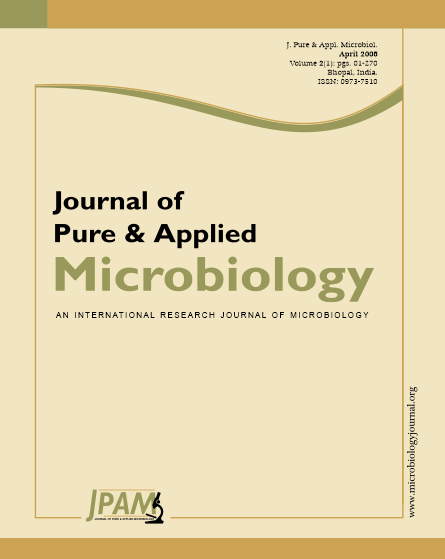The massive use of chemical insecticides comprises many disadvantages.
However, among the principal ones, let us mention the contamination of the water and the sources of food, the intoxication of animal and vegetable species not targeted the concentration in the trophic chains and the selection of populations of devastating insects resistant to chemical insecticides. Increasing concerns of the public with regard to the potentially harmful effects of the massive use of chemical insecticides for the environment led the researchers to find solutions of replacement to the chemical fight. Among the solutions which were proposed, the use of micro-organisms entomopathogenes likes Bacillus thuringiensis (Bti). We tried to try out a microbiological control by studying the mortality rates caused by the application of Bacillus thuringiensis (Bti) in various amounts on the L3 stages and the adult of the fly.
Ceratitis capitata, microbiological control, Bacillus thuringiensis
© The Author(s) 2008. Open Access. This article is distributed under the terms of the Creative Commons Attribution 4.0 International License which permits unrestricted use, sharing, distribution, and reproduction in any medium, provided you give appropriate credit to the original author(s) and the source, provide a link to the Creative Commons license, and indicate if changes were made.


